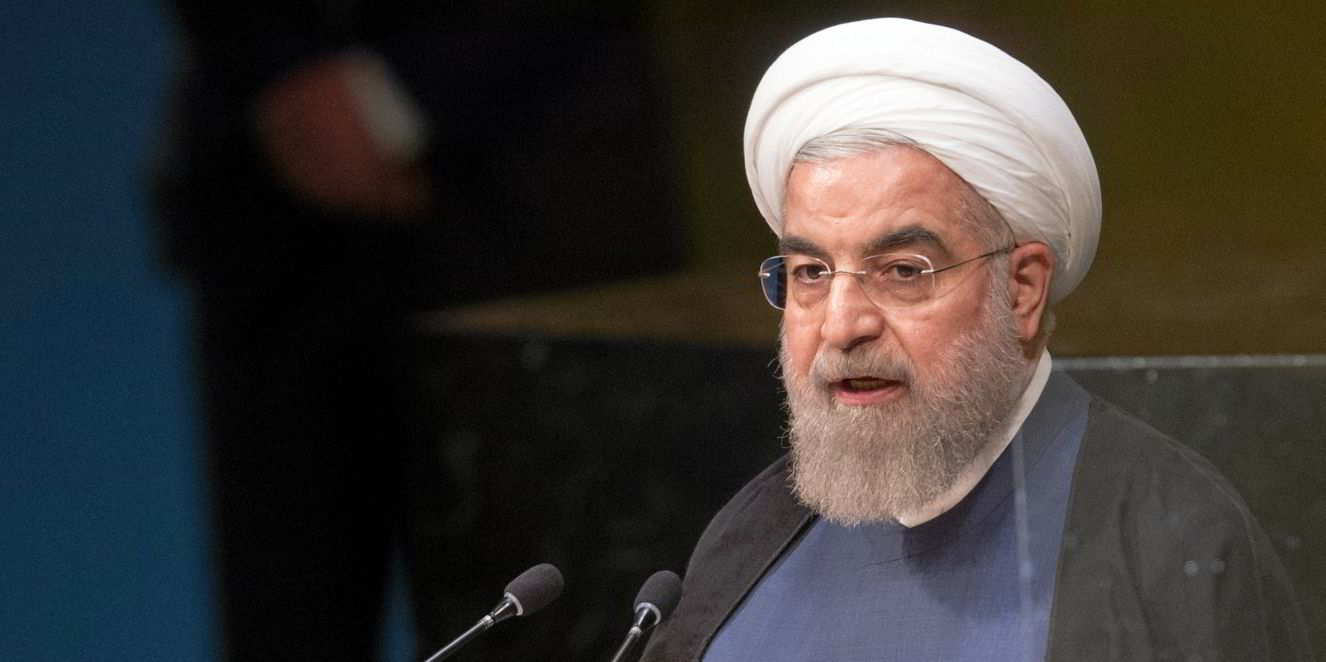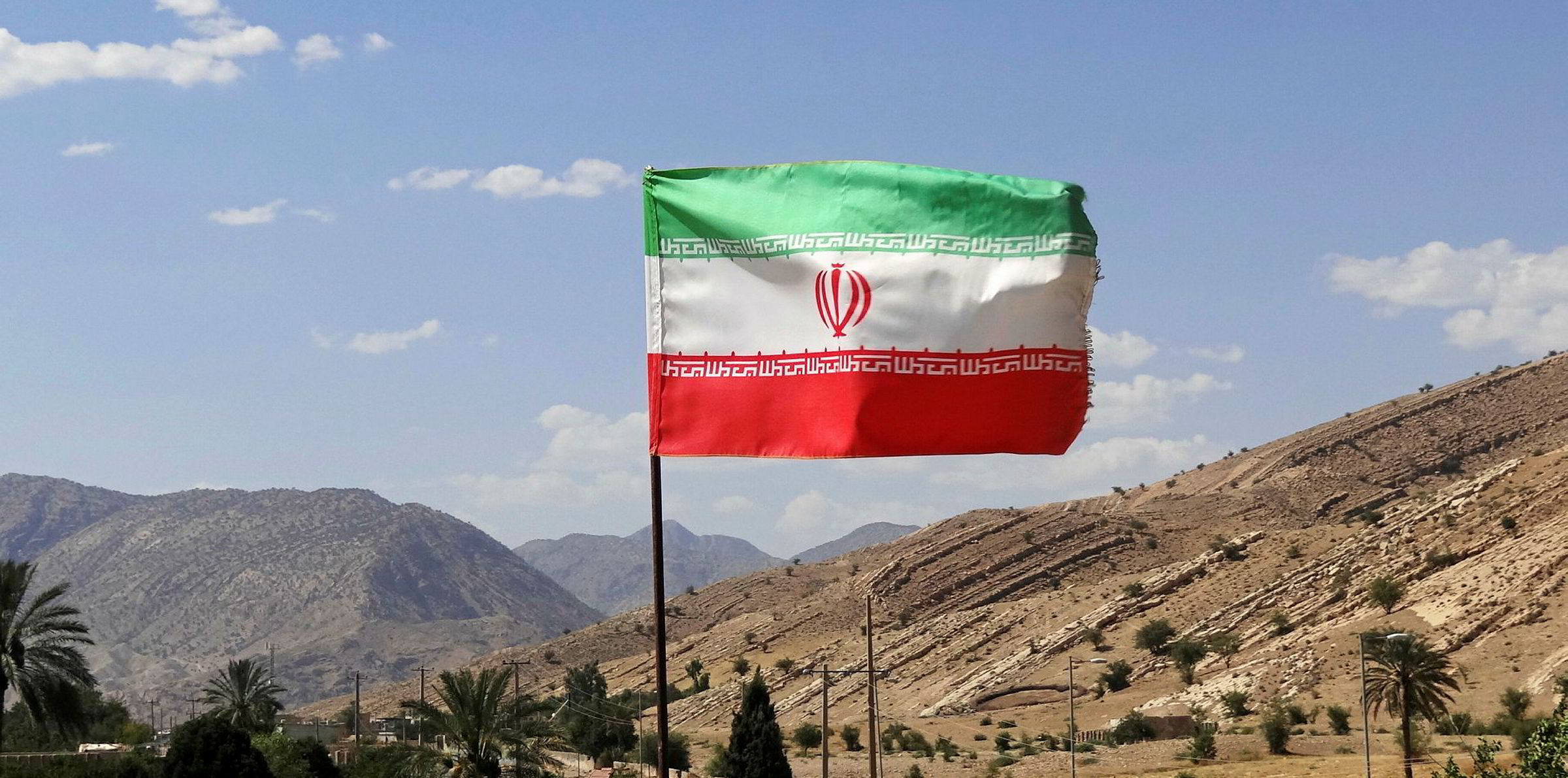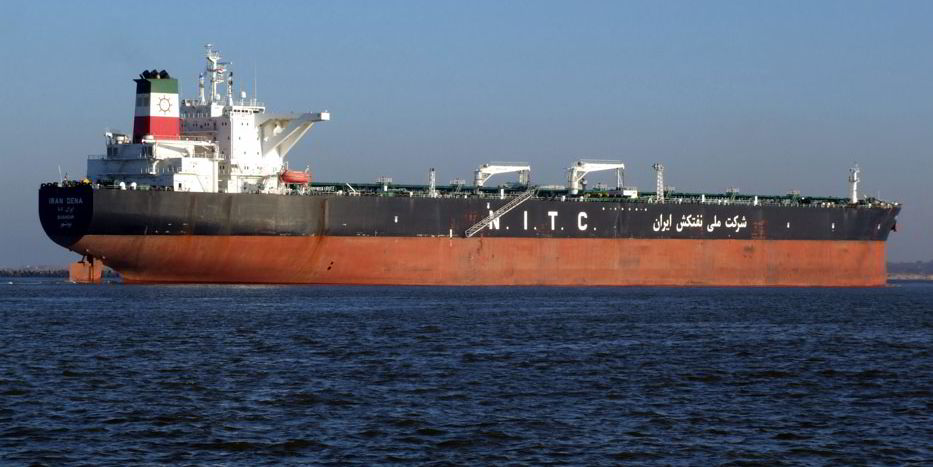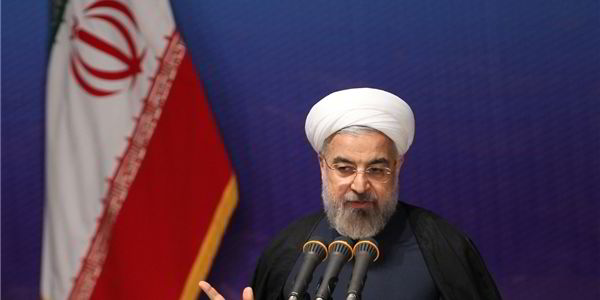Iran is aiming to begin crude exports from the Gulf of Oman next month amid progress in the multinational talks to revive a nuclear deal.
National Iranian Oil Co has begun sending oil from Goreh oil terminal in the south-western Bushehr Province to Jask via a 1,000-km (621-mile) pipeline.
“In June of this year, the first shipment of oil will be exported from Jask,” the state-owned company said on Wednesday.
The Opec member has spent seven years building the transport system designed to ship 1m barrels per day (bpd) of sour crude or condensate to the terminal on the Sea of Oman coast.
Iran has several Middle East Gulf export terminals, with the major one being Kharg Island, 1,053 km north of Jask.
A terminal at Jask could shave about four days off the round-trip time for tankers carrying Iranian crude to customers in other regions.
Choke point
Tanker shipments from Kharg Island generally need to pass through the Strait of Hormuz, a choke point where geopolitical tensions occasionally flare up.
Iranian president Hassan Rouhani has said the pipeline would allow Iran to continue oil exports should the Strait of Hormuz be closed due to regional conflicts.
Since the US reimposed sanctions on the country in May 2018, tensions have been heightened in the narrow water channel where 20% of the world’s oil passes through daily.
But the bilateral relations could soon improve as Washington and Tehran are reportedly making inroads in reviving the Joint Comprehensive Plan of Action.
The two sides have been in talks over the nuclear deal through European intermediaries in Vienna in recent weeks. The Guardian reported US and Iranian diplomats could hammer out the details of a revived deal before the Iranian presidential election in June.
For the negotiation to succeed, the US is expected to at least lift sanctions on Iran’s oil sector in exchange for a cap on the uranium-enrichment programme in the country.
“The impact on the tanker market from a potential easing of sanctions would depend crucially on whether Opec adjusts their production to accommodate higher Iranian output,” Clarksons Platou Securities said.
“With oil demand expected to outstrip the current Opec+ schedule by at least 2m bpd, we believe any additional barrels from Iran could come on top of current Opec output.”
Some tanker experts believe that once the sanctions are lifted, the vintage tankers currently in Iranian trade will be sent to the junkyards as they cannot compete with modern tonnage.







